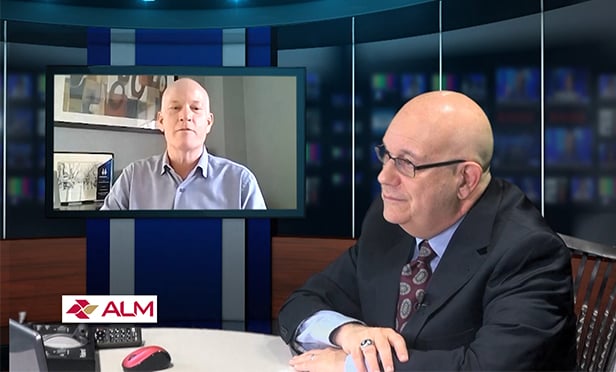SAN FRANCISCO-A new study from locally-based Next 10—an independent organization that educates Californians to improve the state’s future—identifies commercial buildings as a “stealth energy drain” and “huge untapped resource” that could provide significant savings for California businesses and state government. The study points out that commercial buildings could reduce the need to build new power plants, and cut global warming pollution, while generating jobs and economic growth.
According to Noel Perry, founder of Next 10, “Up to 80% of the energy used by commercial buildings is going up in smoke.” He points out that as California “struggles to emerge from recession, relatively low-tech energy efficiency fixes could save California businesses and the state government significant money and help to generate jobs.”
The report titled: “Untapped Potential of Commercial Buildings: Energy Use and Emissions,” produced by Mountain View, CA-based Collaborative Economics for Next 10, examines the untapped energy efficiency potential held by existing and new commercial buildings in California, while also analyzing different obstacles to achieving widespread adoption of building efficiencies and explores approaches to removing these barriers.
According to the report, electricity consumed by commercial office buildings represents 37% of California’s total electricity consumption. Based on the US average, energy efficiency improvements could cut that usage by 80%, the report says.
New buildings in California do not reap the energy savings they could, says the report. Only 60% of all new commercial building construction meets California energy efficiency standards. “With a minimal 2% increase in construction costs, new buildings can be designed to use one-third to one-half less energy than they use today.”
Other report highlights include: “Only 3% of all buildings are newly constructed or renovated every year; California has no energy efficiency standards for existing building stock, which could yield substantial savings in energy; Energy efficient buildings retain higher real estate value, commanding higher rents 6% to 7% and maintaining higher occupancy rates than less efficient buildings; Simple energy efficiency improvements to existing buildings, such as insulating window films, yield $3 in savings on average for every dollar invested; In existing buildings, split incentives, elevated hurdle rates, upfront capital costs, and an information gap diminish large-scale adoption of energy retrofits; In new commercial construction, a lack of incentives for developers and ineffective installation and inspection methods are barriers to energy efficiency efforts; Much can be achieved through actions taken at the federal, state and local levels that raise efficiency standards, align incentives, and support the broad-based application of high-efficiency products and practices.
To view the complete report, click on the pdf below.
Continue Reading for Free
Register and gain access to:
- Breaking commercial real estate news and analysis, on-site and via our newsletters and custom alerts
- Educational webcasts, white papers, and ebooks from industry thought leaders
- Critical coverage of the property casualty insurance and financial advisory markets on our other ALM sites, PropertyCasualty360 and ThinkAdvisor
Already have an account? Sign In Now
© 2024 ALM Global, LLC, All Rights Reserved. Request academic re-use from www.copyright.com. All other uses, submit a request to [email protected]. For more information visit Asset & Logo Licensing.








